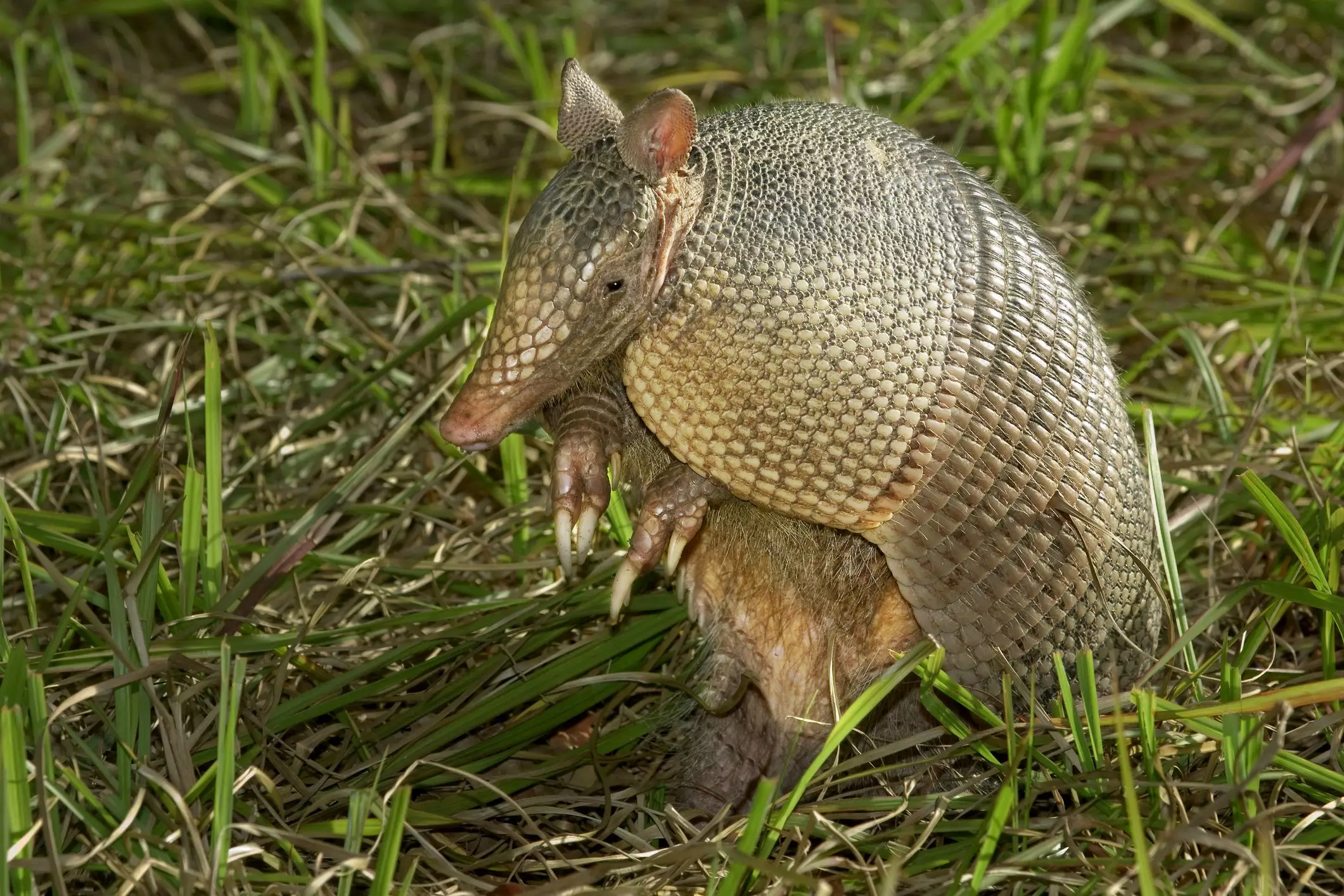Armadillos are fascinating creatures with diverse characteristics, yet their role as potential pets is often misunderstood. With only a few out of the 20 species native to the wild being suitable for captivity—and even fewer available for purchase as exotic pets in the United States—understanding the intricacies of their care is essential. Unlike the typical domesticated animals that many consider for companionship, armadillos maintain their wild instincts and behaviors, presenting significant challenges to any prospective owner.
Among the handful of species that can be kept as pets, the three-banded armadillo stands out. It exists in variants like the Brazilian and southern three-banded armadillos, renowned for their unique ability to curl into a tight ball—a defensive mechanism that has made them iconic. In contrast, other species like the screaming hairy armadillo also find their way into homes but usually lag in popularity. The moniker “screaming” is derived from the sounds the creature makes when startled, and it also possesses several alternate names, highlighting its varied responses to stress. The big hairy armadillo, boasting a larger frame than its counterparts, wraps up the primary species kept as pets and serves as a reminder of the variety within this quirky animal family.
Legal Considerations and Ethical Ownership
Before dreaming about adopting an armadillo, aspiring owners must examine their local regulations. The legal status of armadillos can greatly differ from one region to another, and understanding these laws is critical to avoid legal troubles. Consistently, it’s emphasized that armadillos are not domestic animals; their welfare and needs mirror those of their wild counterparts. Therefore, catering to their requirements—space for roaming, environments conducive to digging, and nocturnal living—is a responsibility that must not be taken lightly. Potential owners must ascertain whether they can realistically provide for the armadillo’s complex lifestyle before making a commitment.
A primary aspect of armadillo care revolves around their habitat. Considering that in the wild they might cover significant distances—up to eight acres—owners need to replicate a similar environment within constraints of human living. This includes offering deep soil for burrowing and a suitable mixture of mulch or other materials to allow for the animal’s natural behaviors. As inherently solitary animals whose social interactions are usually limited to mating and rearing their young, owners should be cautious in pondering cohabitation with other armadillos to avoid territorial conflicts.
Their nocturnal nature requires quiet and undisturbed spaces for nighttime activities, which raises challenges for many potential pet owners. If the situation reflects that shared living quarters—as in a bedroom—are the only option, it could potentially disrupt both human and animal’s peace.
In terms of diet, the armadillo is primarily an insectivore, thriving on a diet rich in small invertebrates, fruits, and select vegetables. While they have relatively low metabolic rates—leading to concerns about their food consumption—these pets require daily access to fresh, clean water. The breed’s unique dental structure, which limits their ability to chew harsh foods, necessitates a thoughtful approach to feeding, emphasizing the need for soft textures in their diet.
To ensure a balanced care routine, consulting an exotic animal veterinarian is prudent for dietary guidance tailored to armadillos, as their specific nutritional needs can vary significantly from more conventional pets.
Potential armadillo owners should remain vigilant regarding their health risks. This species carries certain bacteria, like those that cause leprosy, though transmission is rare. Long-term maintenance also comes with veterinary challenges due to armadillos’ specific health needs. Seek proficient care providers, as qualified veterinary practitioners willing to undertake armadillo treatment can be rare.
Frostbite can pose a considerable risk for these creatures, particularly in chilly climates, where it is essential to maintain consistently warm living conditions. By ensuring appropriate environments that protect against temperature extremes, pet owners fulfill a crucial aspect of their commitment.
While owning an armadillo may seem like a compelling idea, it necessitates deep understanding and appreciation of the unique needs of these wild animals. From ensuring legal compliance to creating a suitable habitat, the responsibilities are extensive. Armadillos may bring joy and uniqueness to their owners’ lives, but they are not household pets in the traditional sense. Instead, they require significant dedication, making them a commitment that transcends mere ownership; it is about honoring and mimicking the natural habitats that armadillos thrive within.

